


Call it a practice. Call it a dress rehearsal. Call it a complete success.
AN ARRAY OF AIRCRAFT representing virtually every chapter of general aviation’s storied history was displayed over the National Mall in Washington, D.C., during a spectacular commemoration of the numerous contributions the GA industry provides to our nation. The celebration coincided with AOPA’s eighty-fifth anniversary in May 2024.
The flyover consisted of 15 different “chapters” telling the story of GA in America starting in the Golden Age and continuing to the present day. Two dozen groups of aircraft flew the 88-mile round trip from Frederick Municipal Airport (FDK), down the Potomac River. The formation was led by AOPA President Mark Baker in his historic Beechcraft Staggerwing. He will be followed by storied aircraft such as a Waco UPF–7, North American Navion, Douglas DC–3, Spartan Executive, Hatz biplane, and Beech Starship, as well as numerous modern-day aircraft such as the Robinson R44, Carbon Cub, and Icon A5. In all, more than 54 aircraft were featured, flown by some of the most accomplished pilots in the United States. The Titan Aerobatic Team (formerly AeroShell) concluded the flyover. Ronald Reagan Washington National Airport (DCA) was closed for 60 minutes. AOPA had the support of Congress and the participation of 10 government agencies.
This special event took place over one of Washington, D.C.’s most restricted flight zones, P-56, something that’s never been done with GA aircraft. Spectators on the ground and online watched the aircraft fly above the Lincoln Memorial, down Independence Avenue, and past the Washington Monument. Observing and commentating on the flyover from the rooftop of the National Museum of American History were AOPA’s Thomas B. Haines and former CNN correspondent Miles O’Brien.


The 1920s and 1930s, the historical period known as aviation’s Golden Age, was a time of unprecedented public fascination, capital investment, and technological advancement in flying. There was a flood of aviation speed, distance, and altitude records; supercharged and turbocharged engines of ever-increasing power; all-metal airplanes; better construction methods; and navigation and instrumentation that allowed “blind flying” in clouds and low-visibility conditions. The beginning of corporate aviation also began to take shape in the Golden Age as fast, relatively reliable, and increasingly luxurious aircraft such as the Beech 17 Staggerwing, Howard DGA–15, and Stinson V–77 Reliant became both travelers and aerial status symbols with art-deco flair.
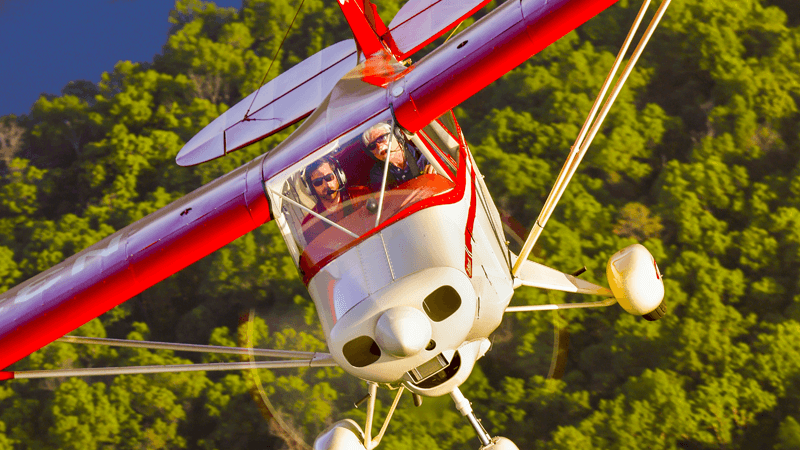
Many returning servicemen had been pilots in the war, and in the general aviation community there was every expectation that they’d want to resume flying as civilians. A jump in the U.S. civilian pilot population of more than 100,000 in a year—to 400,000 in 1946—was driven in part by military pilots converting their certificates. Excess aircraft manufacturing capacity was redirected to serve an anticipated boom in general aviation demand. Cessna, Piper, Aeronca, and others flooded the market with inexpensive trainers, while Beech, North American, and others produced higher-performing models for business and private use.
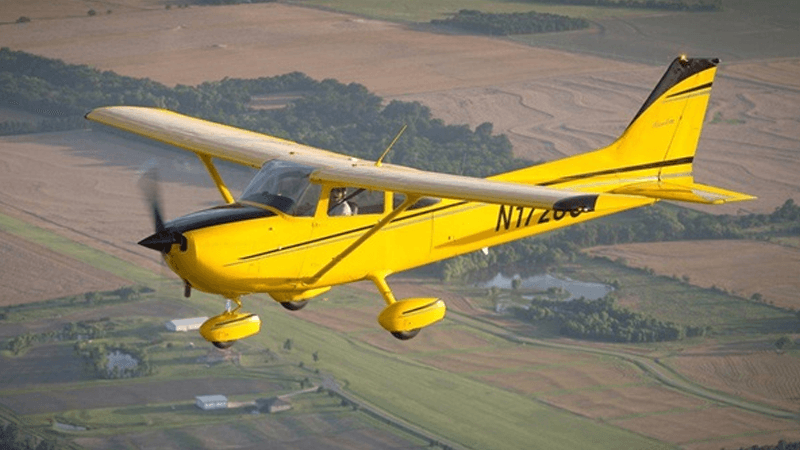
With the massive growth in the pilot community that occurred during the 1960s and 1970s, it follows that there would have been a large and diverse fleet of training airplanes to make it happen. Tens of thousands of trainers came from Cessna, Piper, and Beechcraft. Many are still in use today. While the decades prior featured the Piper Cub and the Curtiss Jenny, this era marks the definition of what we still consider to be a great training aircraft.
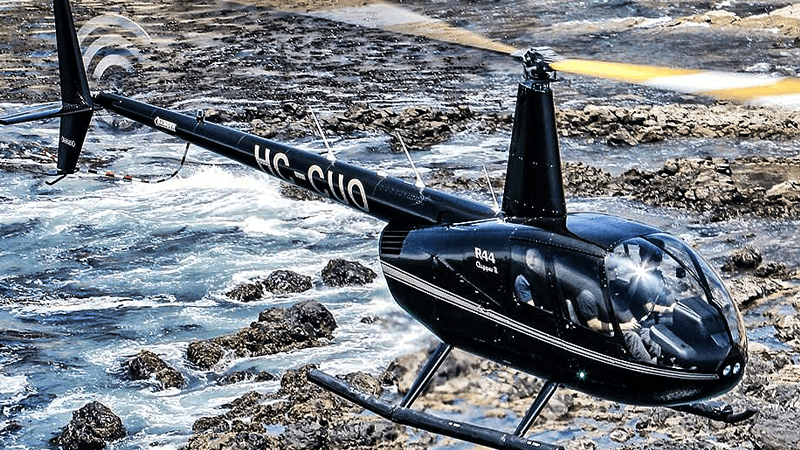
Robinson R22 was the first certificated helicopter that was relatively affordable to fly and own. By bringing down the cost and complexity, Frank Robinson opened up an entire segment of general aviation to people who previously couldn’t experience it. Helicopters are also used in many businesses including TV news reporting, power line construction and forestry.

General aviation has its own form of off-roading called backcountry flying. Specially prepared airplanes with big tires, big engines and high-lift wings can carry passengers deep into the wilderness and land in any flat area a few hundred feet long. The ability for a lightweight airplane to take off and land in such a short distance has become a national sport called Short Takeoff and Landing (STOL), with competitions taking place across the country.

Light-sport aircraft are lightweight, two-place, airplanes that can be flown with a light sport pilot certificate that is less costly, and less time-consuming, to obtain than a private pilot certificate. Many light sport aircraft exist today, including newer and older designs that meet the eligibility requirements. Some are used for training, but most are used for pure flying enjoyment. A highly anticipated change in light-sport rules will make many more aircraft light-sport eligible in the second half of 2025.

Two thirds of our planet is covered with water, so it is no surprise that airplanes can be fitted with floats to enable operations on rivers, lakes and oceans. These airplanes move people and goods every day in Alaska, in the Bahamas and anywhere between that has a long enough stretch of water.
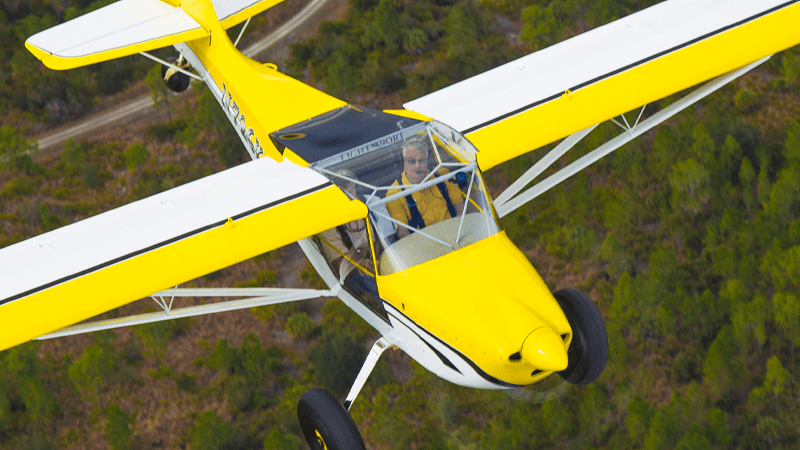
Pilots have been building their own airplanes – called experimental, kit or homebuilt airplanes – since the dawn of aviation. The sleek, diminutive Van’s Aircraft RV–3 was the first clean-sheet design that designer Richard VanGrunsven brought to market—but it wouldn’t be the last. The all-metal, low-wing, tailwheel aircraft became a sensation, and it spawned a series of two- and four-seat designs that have made Van’s Aircraft far and away the most popular kit manufacturer in the world. More than 12,000 Van’s Aircraft kits have been completed and flown. The Kitfox is another popular kit that has been built in large numbers incorporating a traditional tube and fabric design. Burt Rutan’s unconventional designs such as the VariEze and Long-EZ earned him a name in the homebuilt aircraft community.
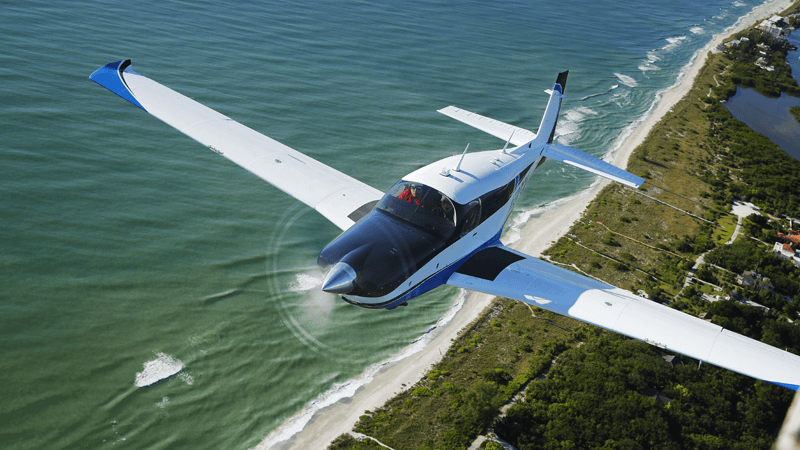
The 1960s and 1970s were a pivotal time for the country, for the aviation world, and for general aviation. Expansion, modernization, and increasing complexity characterized the aviation world of the 1960s. A decade that began with radial-engine transports ended with the Concorde and a man on the moon. By the dawn of the 1970s, Boeing 747 jumbo jets were taking more passengers farther, faster. Individual ownership of reliable cross-country traveling machines increased dramatically.
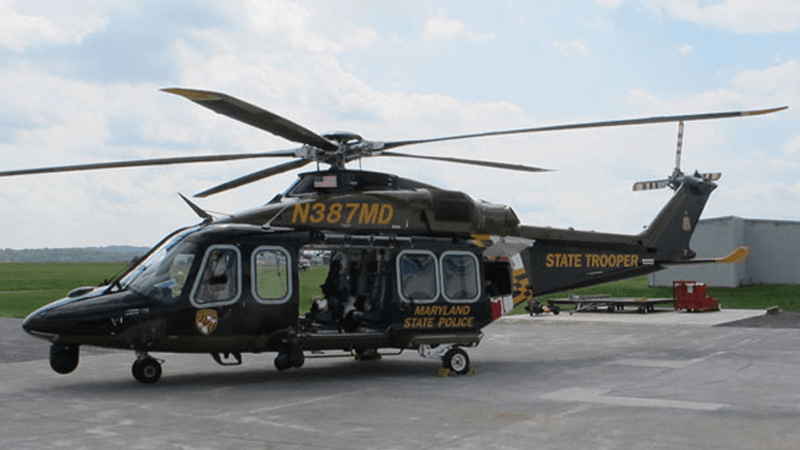
General aviation serves the United States in the form of public service flights. From lifesaving flights to a hospital after a car accident to fighting wildfires, specialized airplanes and helicopters work to preserve Americans’ safety every day.
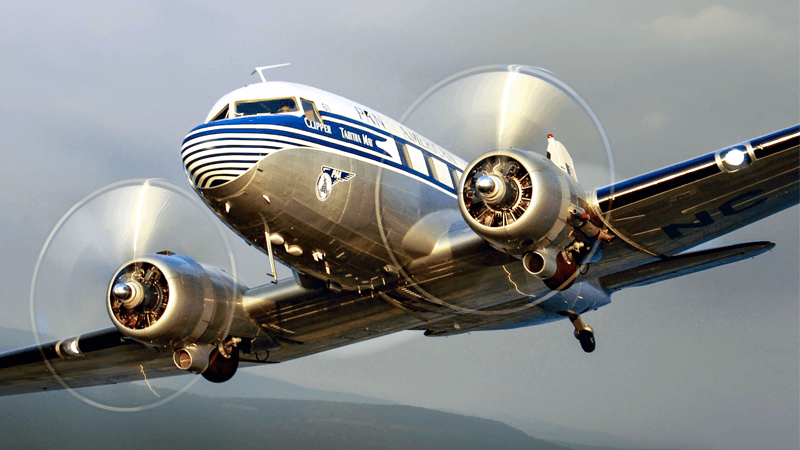
Most people have only seen general aviation airplanes up close during an airshow, where performances often include impressively loud warbird demonstration flights and dazzling aerial routines performed by nimble aerobatic airplanes. These performances leave a lasting impression through the skill of the pilots and the capabilities of the airplanes.

“Where’s the parachute?” Every pilot has heard this question. For some reason passengers love the idea of a parachute and always want to know where it is on the airplane. Many are disappointed to find one usually doesn’t exist. Cirrus owners and pilots don’t have this problem. The Cirrus Airframe Parachute System (CAPS) is a whole-airplane parachute meant for saving all the occupants, a task it has excelled at since its introduction in 1998. Other technologies, such as composite airframes and diesel engines, have made modern airplanes more economic to build and operate.
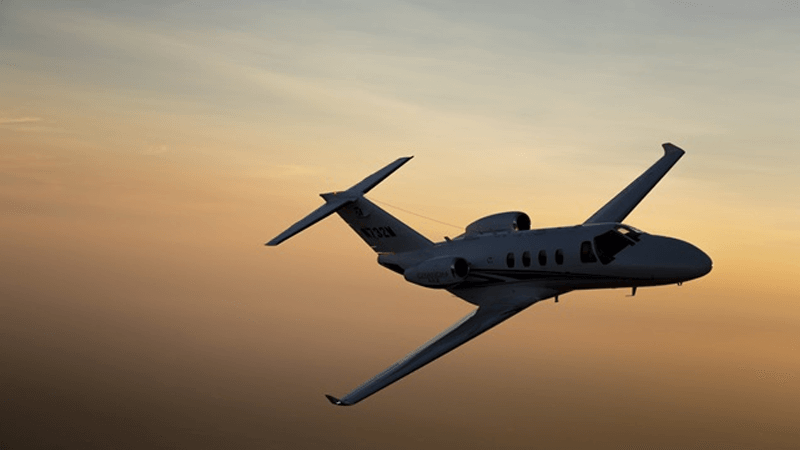
After World War II, aviation-minded companies had few choices if they wanted to start their own flight departments. Some converted surplus transport airplanes, but their radial engines and other dated technology meant high upkeep. In the 1960s, the new generation of corporate airplanes appeared, including Beechcraft’s practical and comfortable turboprop King Air, the speed demon Learjet, the stately Gulfstream and the approachable Cessna Citation.
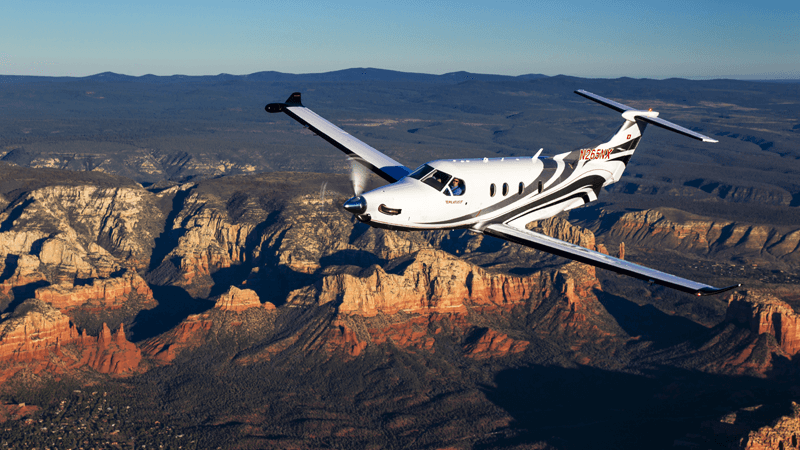
Before the 1980s, the word “turboprop” usually had the adjective “twin” before it. After all, conventional wisdom went, how could you sell a turbine-powered airplane without the redundancy and safety of a second engine? Yet the idea of a certified single-engine turboprop persisted, with proponents touting the reliability of turboprops and the economy of a halved fuel burn and maintenance costs. Single-engine turboprop aircraft now afford business travelers significant flexibility to fly to general aviation airports close to their destination.
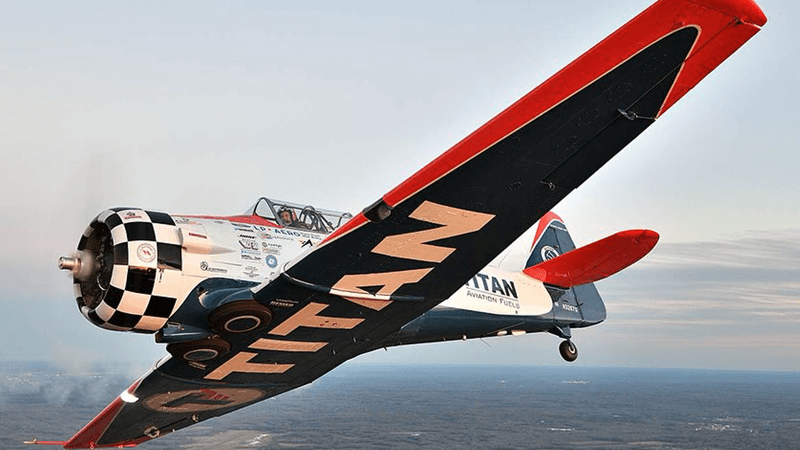
with smoke on over the Mall to complete the flyover.

Tom Haines is an award-winning aviation journalist who spent nearly 30 years as the Editor-in-Chief and Senior Vice President of Media at the Aircraft Owners and Pilots Association, the world’s largest aviation organization.

Miles O’Brien is a veteran, award-winning journalist who focuses on science, technology, aerospace and the environment.
He is the science correspondent for PBS NewsHour, a producer and director for the PBS science documentary series NOVA, and a correspondent for the PBS documentary series FRONTLINE.